AMIQ EDA has caught my attention over the last few months. My first impression was that this was just another small IDE company trying to compete with established and bundled IDEs from the big 3, a seemingly insurmountable barrier. This view was challenged by an impressive list of testimonials, not just from the little guys but also… Read More
Author: Bernard Murphy
Dragonfly-NB2: You Can Have It All in Your IoT Device
I wrote last month about CEVA’s Dragonfly-NB1 platform, a single-chip IoT solution supporting narrow-band cellular communication; this can meet aggressive total solution price-targets for high-volume deployment, long-range access and the low-power needed for 10+ year battery lifetimes. That solution, based on Release… Read More
Design for Power: An Insider View
The second keynote at Mentor’s U2U this year was given by Hooman Moshar, VP of Engineering at Broadcom, on the always (these days) important topic of design for power. This is one of my favorite areas. I have, I think, a decent theoretical background in the topic, but I definitely need a periodic refresh on the ground reality from the… Read More
Integrity, Reliability Shift Left with ICC
There is a nice serendipity in discovering that two companies I cover are working together. Good for them naturally but makes my job easier because I already have a good idea about the benefits of the partnership. Synopsys and ANSYS announced a collaboration at DAC 2017 for accelerating design optimization for HPS, mobile and automotive.… Read More
ANSYS at DAC
I’m not going to be at DAC this year because I scheduled a fishing trip at the end of June, assuming the show would stay true to form as an early/mid-June event. Still, having to endure salmon and halibut fishing in Alaska rather than slogging around Moscone Center, I can’t pretend to be too disappointed; I’ll be thinking of you all 😎.… Read More
The Wolper Method
If you read around topics in advanced formal verification you’re likely to run into something called Wolper coloring, or what Vigyan Singhal (Chief Oski at Oski) calls the Wolper method. Many domains have specialized techniques but what’s surprising in this instance is a seeming absence of helpful on-line explanations (though… Read More
The Starting Point of Functional Safety Analysis
In the course of building my understanding of functional safety, particularly with respect to ISO 26262, I have developed a better understanding of the design methods used to mitigate safety problems and the various tools and techniques that are applied to measure the impact of those diagnostics against ASIL goals. One area in… Read More
Foundry Partnership Simplifies Design for Reliability
This builds on a couple of topics I have covered for quite a while from an analysis point of view – integrity and reliability. The power distribution network and some other networks like clock trees are particularly susceptible to both IR-drop and electromigration (EM) problems. The first can lead to intermittent timing failures,… Read More
Thermal and Reliability in Automotive
Thermal considerations have always been a concern in electronic systems but to a large extent these could be relatively well partitioned from other concerns. Within a die you analyze for mean and peak temperatures and mitigate with package heat-sinks, options to de-rate the clock, or a variety of other methods. At the system level… Read More
When FPGA Design Looks More Like ASIC Design
I am sure there are many FPGA designers who are quite content to rely on hardware vendor tools to define, check, implement and burn their FPGAs, and who prefer to test in-system to validate functionality. But that approach is unlikely to work when you’re building on the big SoC platforms – Zynq, Arria and even the big non-SoC devices.… Read More


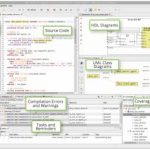
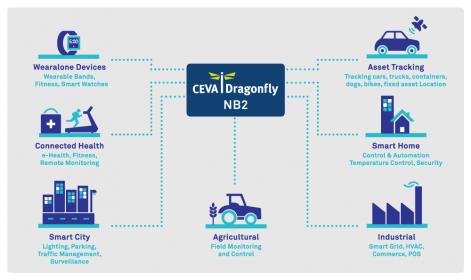
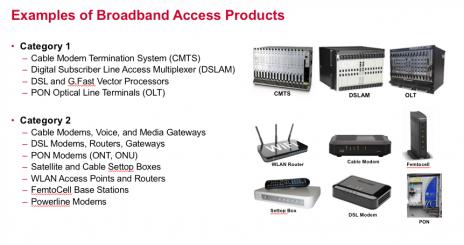
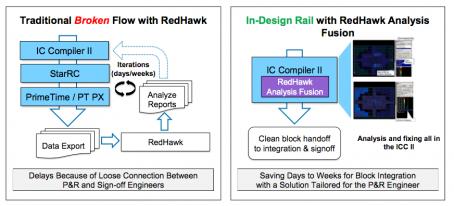

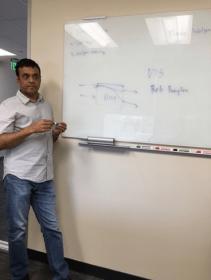
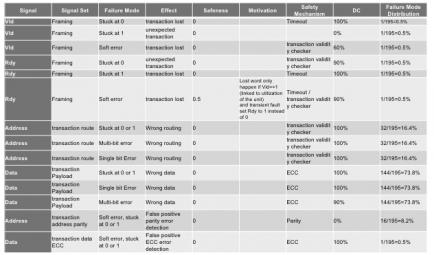
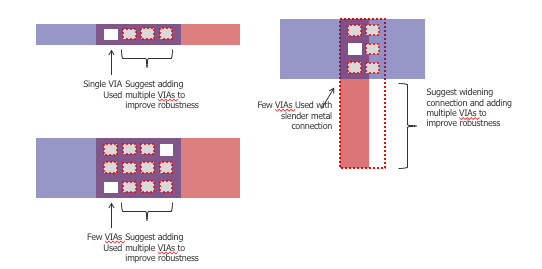
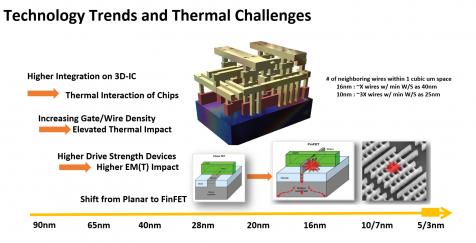
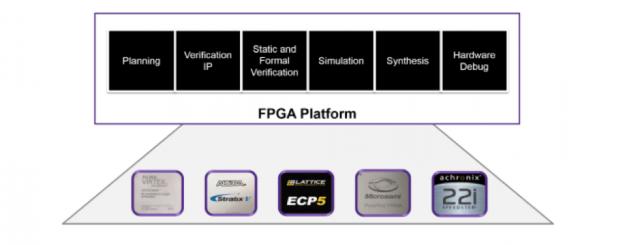






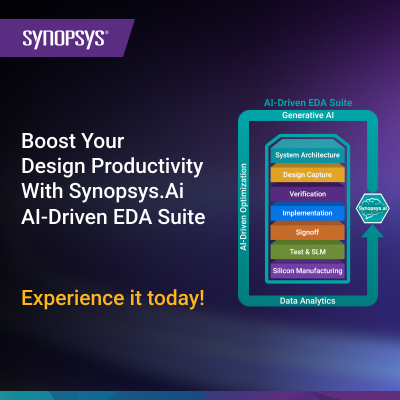

Facing the Quantum Nature of EUV Lithography